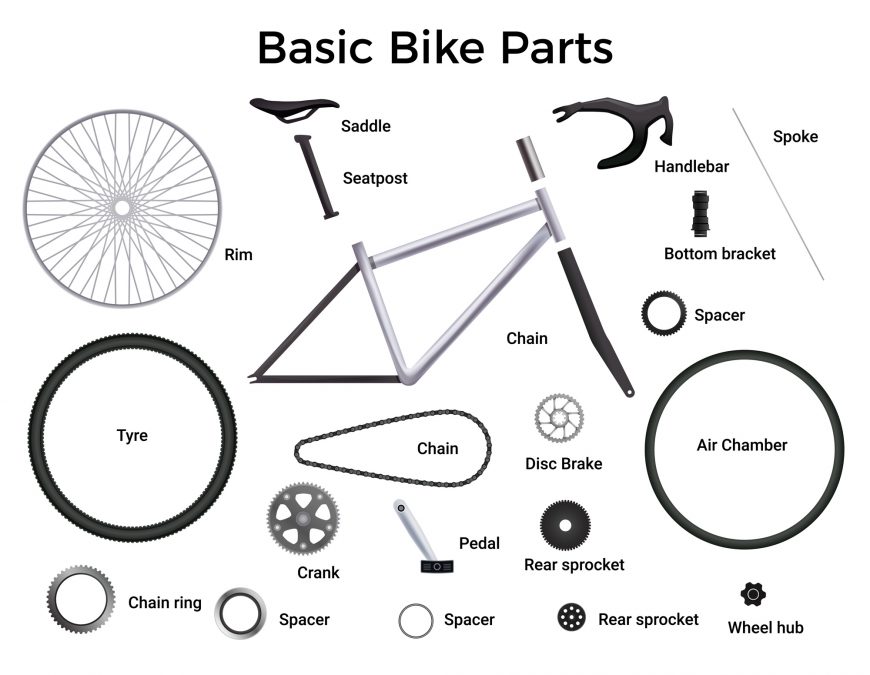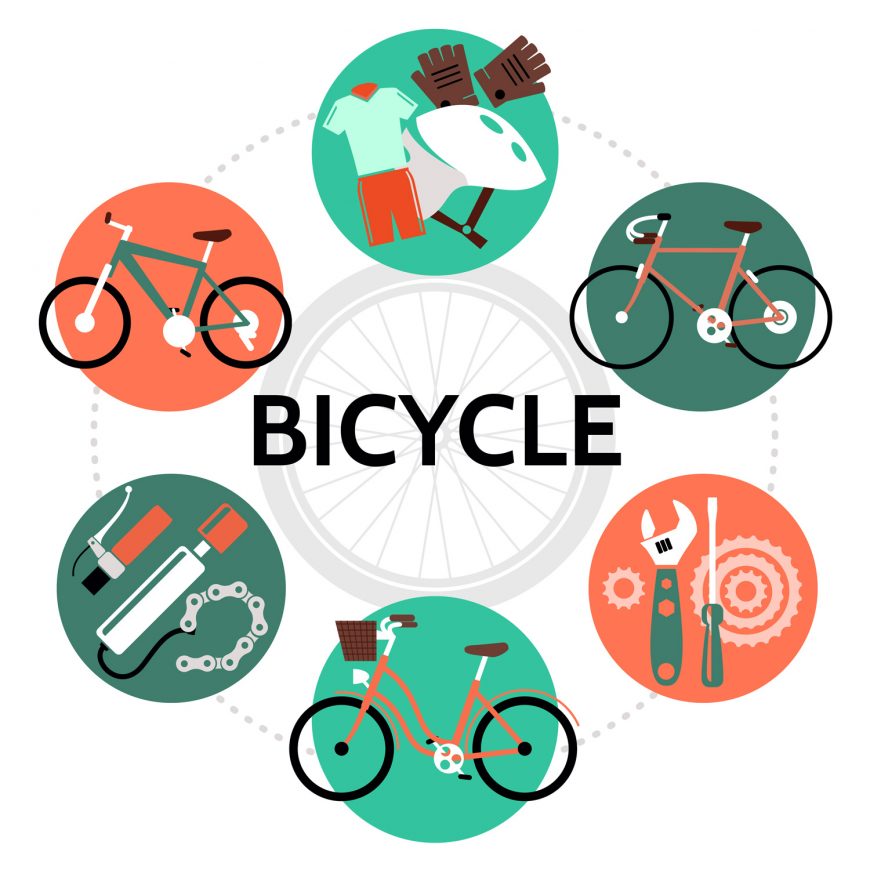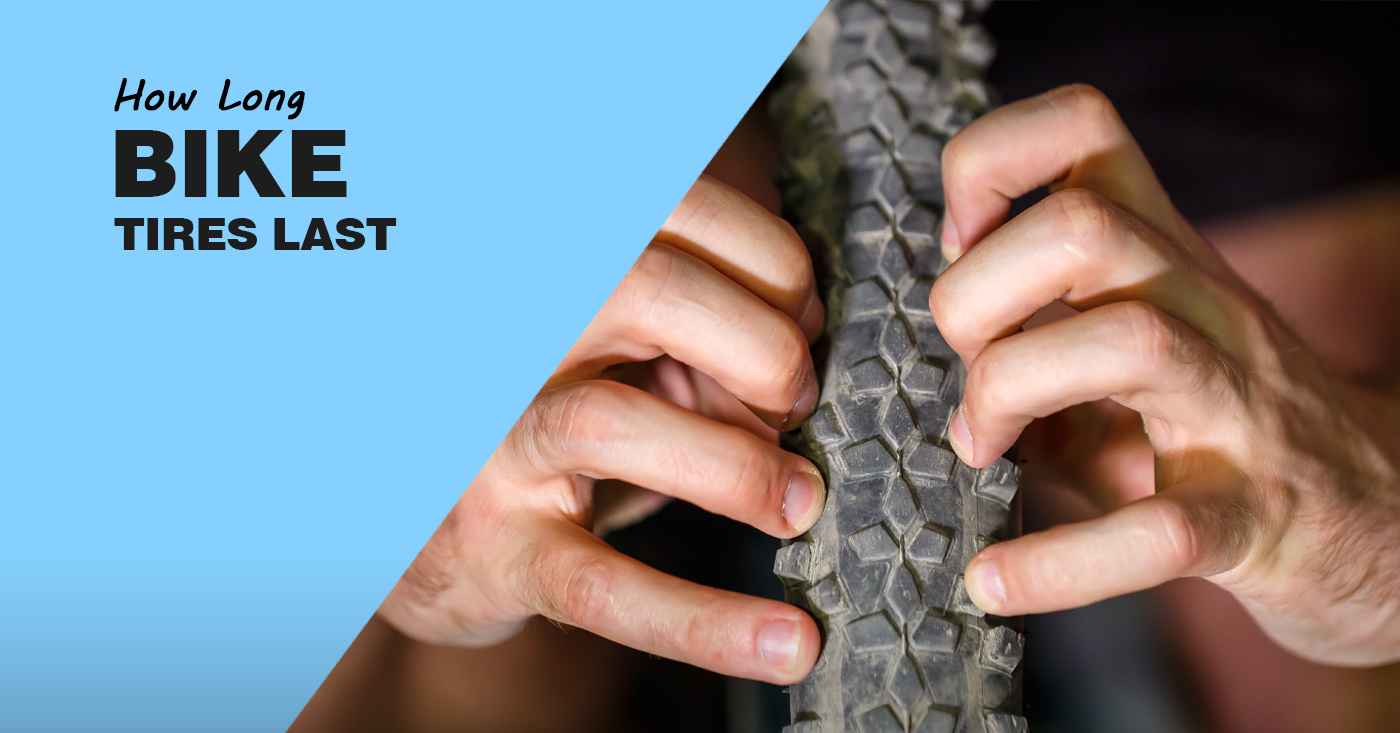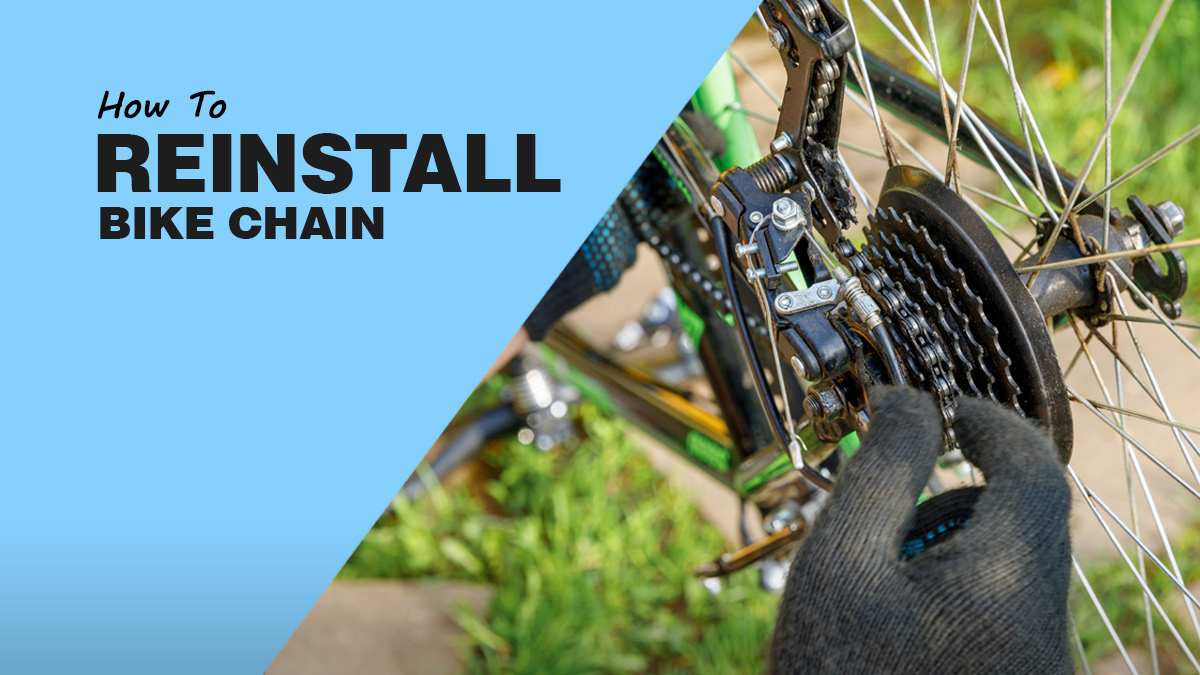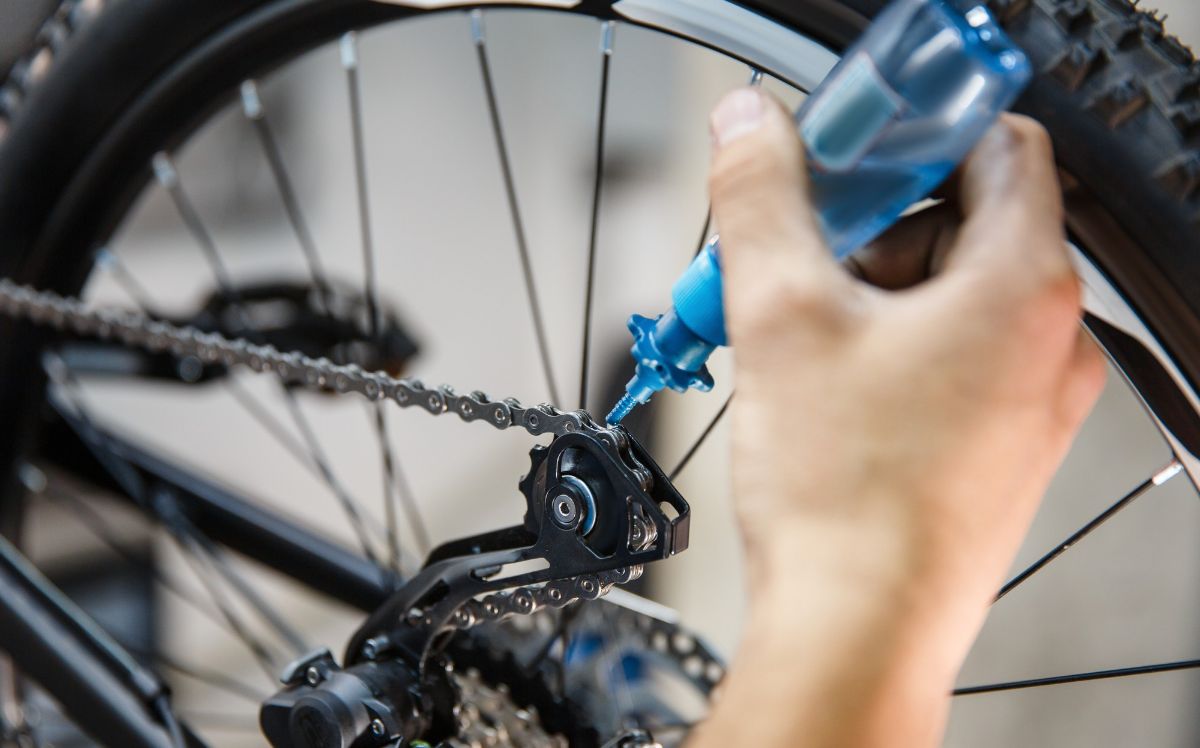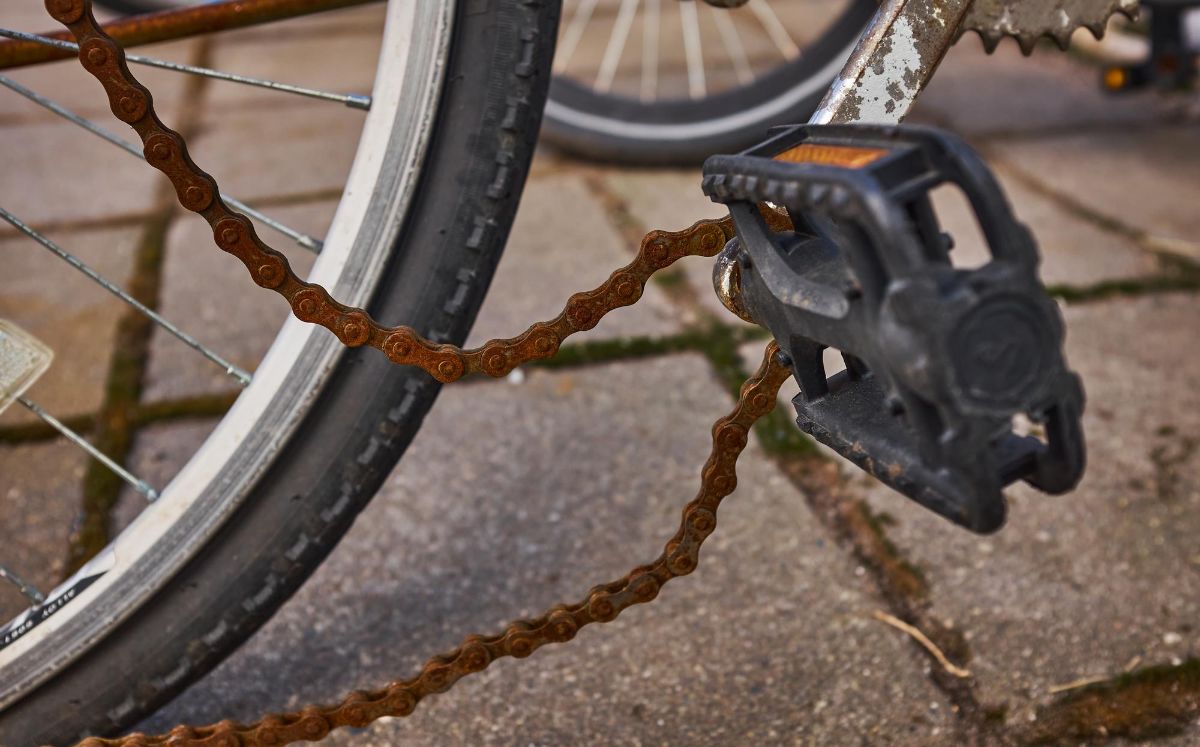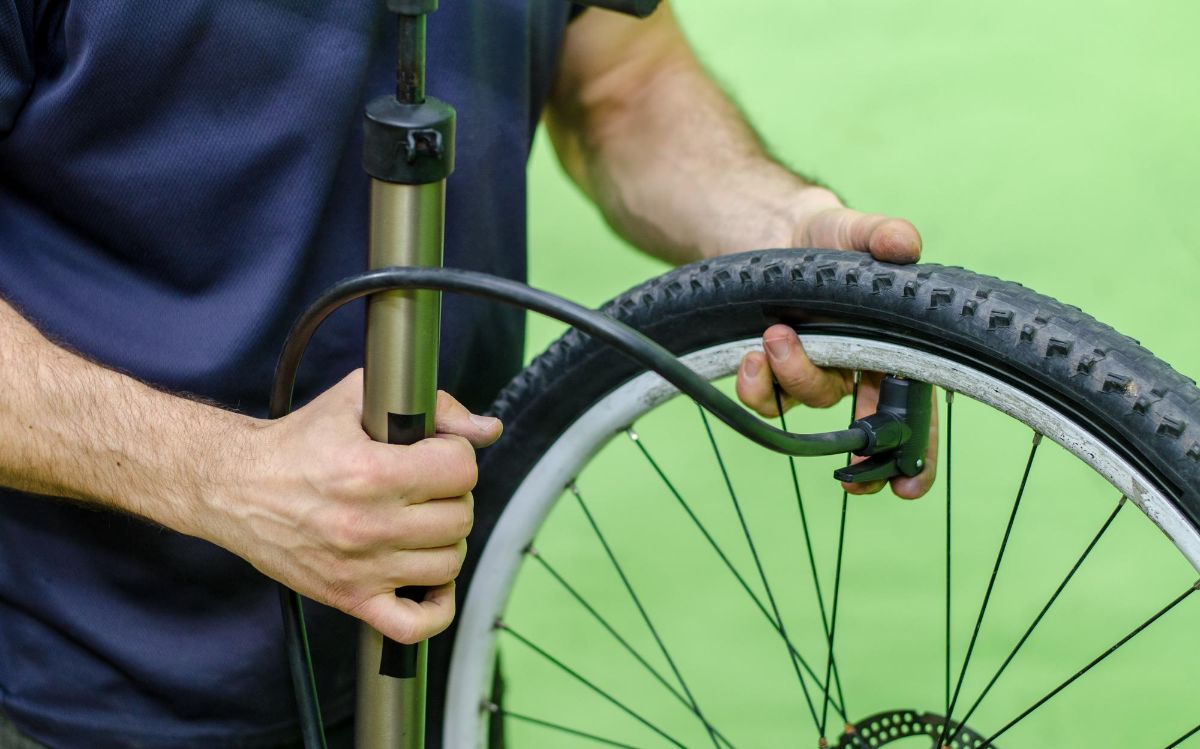So why is it important to know the bike anatomy? Well, how else are you supposed to differentiate the crankset from the chainset? Or were you thinking you could simply do bike maintenance without knowing two from two?
Here’s the deal, No matter whether you are a casual or a professional cyclist, knowing your bicycle inside out is important to understand how it works! But the good news is that all bicycles of the same category will have similar parts! So you won’t have much to remember!
Ready?
Bike Anatomy: Explaining The 22 Different Bike Parts
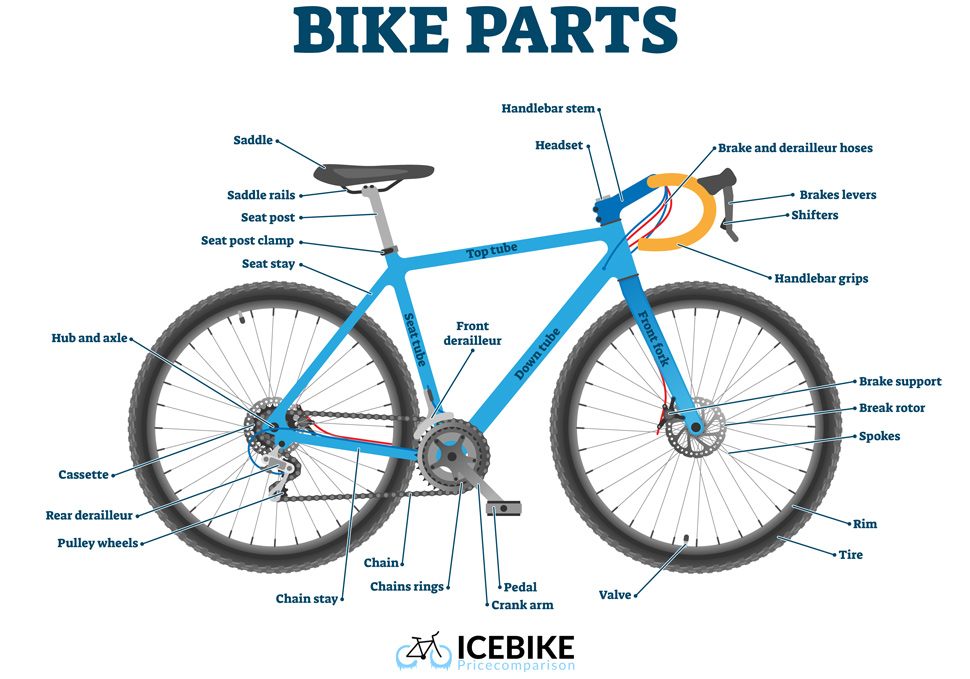
When you don’t know about the components, you will pay a lot for the repairs because you could get something that you don’t want or need. You could get a new rim when all you just wanted was a new tire. So getting to know your bike fully is very important.
Even though it is mountain bikes or road bikes, knowing about your bikes gives you a lot of advantages. Tune-ups get easier, you can even do the repairs yourself if you know about the components. Let’s get started!
1. Chain
Let’s start with the bike’s chain, the alternate name for it is the drive chain. These are a set of metal links that are attached to the sprockets on the chain wheel and gear, the chain is responsible for the pedaling motion of the bike. The chain of the bike needs to be clean and without any kind of damage for the best possible performance.
2. Front Derailleur
The mechanism that changes the gears of the bike is called the front derailleur. The front derailleur lifts chains one by one and makes sure that the rider can meet the conditions of the road safely.
3. Pedal
The pedal is the part of the bike for riding purposes, that is the platform where the riders place their foot on. A bike’s pedal is attached to the crank that spins, providing the necessary power to the bike. There are also crank arms in the pedal, they make sure that the steering is nice and smooth.
Want to upgrade your bike pedals? Check out our guide to find the best mountain bike pedals
3. Chain Stay
The mechanism that connects the rear wheel hub to the crank mechanism of the bike is known as Chain Stay.
4. Rear Brake
Let’s talk about the brakes now. The rear brake of the bike is mainly comprised of return springs and a caliper. It is activated by a brake cable when the rider interacts with it. Rear brakes interact with the brake pads to make sure that the bike stops when the rider wants it to stop.
Read our guide to find out why disc brakes are the best choice for your bicycle.
5. Seat Stay
Think of the seat stay as a down tube that connects the upper seat tube with the rear wheel hub, without this proper connection, there is no place for the rider to sit.
6. Seat Post
The bike’s seat needs to sit there properly and that is why you have the components that attach themselves to the seat and then support it. That is the seat post. Seat posts are then joined by the pedal mechanism.
7. Bike Seat
As the name goes, this is going to be a small-shaped seat where the rider sits. The general shape is going to be a triangle but it can come in a variety of shapes and sizes. The seat is attached to the bicycle frame.
Looking for a new seat? Explore our guide on how to find the most comfortable bike seat to make a sound choice!
8. Crossbar
The part that stabilizes the bike’s frame is known as the crossbar. It connects the seat post with the head tube of the bike’s frame.
9. Down Tube
The down tube of the bike is responsible for connecting the pedal mechanism to the head tube. The main rigidity of the bike is because of the down tube. It is the thickest and longest tube in the construction of a bike.
10. Tire Valve
The tire valve makes sure that air gets inside the inner tube of the bike and doesn’t escape. It is a small valve that seals the inflating opening of the inner tube.
11. Spokes
Spokes are what connect the hub to the rim of the bike, they are metallic spindles.
12. Tires
You might be familiar with tires. They are used in bikes and other vehicles, and they fit on the wheel. Both the front wheel and rear wheel need tires, you can either have tubeless tires or tires with tubes. Air is filled in the tires to make them work. All modern bikes come with tubeless tires because they offer better performance in comparison.
13. Hub
Even the bike’s wheel has important components and the hub is one of them. The hub is the place where the spokes radiate from. The hub then contains ball bearings, which allow the spokes to rotate around the axle.
14. Rim
The rim contains the wheel’s circumference. This is the place where the tires are later mounted and used.
15. Fork
The bike’s frame mainly consists of two tubes that are then connected to the head tube. They are then attached to the front wheel hub end.
16. Brake Levers
Brake levers are attached to the handlebars of the bike. When the brake levers are squeezed, the caliper brakes are activated through a cable.
17. Front Brakes
Brake cables also activate the front brake and they are mainly comprised of the caliper and return springs. These front brakes make sure that the brake pads collide with the side of the wheels and slow down the front wheels. You can get either the disc brakes or rim brakes, the choice here is yours.
Learn how to install front brakes on your bike with our step-by-step guide
18. Head Tube
The head tube makes sure that the steering movement is transmitted to the fork. The head tube uses ball bearings for that transmission. This is all in the inner tube though!
19. Handlebar
Handlebars are devices that are made up of two devices that are then connected by tubes. Through these handlebars, the rider can steer the bike. You can get the flat handlebars or any other kind that you fancy.
Upgrade your bike with our butterfly handlebars. Explore our guide to understand what they are and how you can use them!
20. Stem
The stem is there to support the handlebars. It is inserted into the head tube and its height can be adjusted.
21. Shifter
The shifter is a device used to change gears. A cable moves through the derailleur and that is how the gears are changed.
22. Brake Cables
Brake Cables are steel cables used to transmit the pressure on the brake lever and then to the brakes.
What About The Cables?
You will find a lot of cables on your bike, they will run along from the handlebars to the gears. They are there to make sure that there are no accidents and that the rider is safe during the travel course.
This network of cables makes sure that the bike functions as it is supposed to without any kind of mishaps.
15 Additional Bike Parts
There are some additional bike parts that you can get installed on your bike, they make the experience of bikes better but are installed according to the rider’s preference.
Let’s discuss the optional bike parts.
1. Reflectors
These devices are used to reflect light from where it came from. This makes sure that others on the road can see you properly at night.
2. Toe Clip
Toe Clips are there to increase your pedaling power. They can be either metal, leather, or plastic. With the toe clips, you will always have the proper position while pedaling.
3. Bike Fenders
Fenders are there for the rider’s protection against rainy weather or mud. They are pieces of metal that cover the front of the wheel.
4. Generator
If you have an e-bike then the generators are for you. You can activate them with the rear wheel. They convert the wheel’s motion into energy, and that energy is then used to power the front and rear lights of the bike.
5. Rear Lights
Rear Lights work as reflectors. They allow visibility to the rider at night.
6. Racks/ Carriers
These are devices that are attached to the back of the bike to allow for storage space.
Get the best roof racks for your bike with our guide!
7. Beverage Mounts
When you go out riding, you can certainly get thirsty, that is why the front of the bike is attached with a clip that allows bottles to be placed. These mounts are lifesavers when the going gets tough!
8. Tire Pump
The Tire Pump is used to inflate the tire. It is a device that compresses air.
Learn how to use a bike pump like a pro with our step-by-step guide
9. Headlights
Headlights are lamps that light up the path ahead of you. They come in a variety of shapes and sizes. Pretty resourceful at night though!
Get the best bike lights and reflectors for your ride. Explore our top picks today!
10. Bottom Bracket
The bottom bracket is mainly comprised of ball bearings and spindles. They are responsible for the crank arms shift mechanism.
11. Braze-Ons
Braze-ons are threaded sockets that offer additional storage space for the user. You can attach baskets, fenders, and much more with these sockets.
12. Cassette
You might have seen a lot of modern bikes with a cassette. These are a collection of gears that are attached to the rear wheels of bikes, they improve the overall performance of the bikes.
13. Cyclocomputer
These are bike computers, little devices that track the statistics of the rider like heart rate, distance traveled, and a lot more!
Do you want to buy a computer? Check out our list to find the Best Bike And Cycling Computers
14. Dropouts
You might have seen some U-shaped notches at the end of the bike’s frame and front cork legs. These dropouts are where the wheels are held in place, if you loosen them the wheels come right off.
15. Fork
The fork holds the front wheel in place. The steerer tube is part of the fork and extends to the frame of the bike.
FAQs
What are the five important parts of a bike?
The five most important parts of a bicycle are the frame, handlers, wheels, saddle, and chain.
What is most important in bike?
The most important part of a bicycle is the frame because it holds all the components together.
What is inside a bike crank?
You will find a spindle, chainring, and crank arms inside a bike crank.
What is the weakest part of a bike?
Spokes are commonly the weakest part of a bicycle.
Recap
Knowing your bike will help you enjoy the ride more. You’ll know what goes where and how a part is supposed to perform. This way you can better understand a problem if you face one! With this guide, you will have a much better understanding of the different parts of your bike. So if it comes to tune-ups and repairs, you will be able to do them yourself!
Did I skip anything? Let me know in the comments below!
Also Read
- 6 Reasons Why Bicycle Chains Break And How To Prevent Them
- Does Cycling Build Leg Muscle?- Your Guide To Cycling Fitness
- Women Vs Men Bikes: 8 Main Differences Explained!
- How To Measure A Bike Frame And Determine Your Bike Size
- Bike Rack Is Wobbling: 8 Top Causes And Fixes
Should you have any questions or require further clarification on the topic, please feel free to connect with our expert author Rhodes Perry by leaving a comment below. We value your engagement and are here to assist you.


